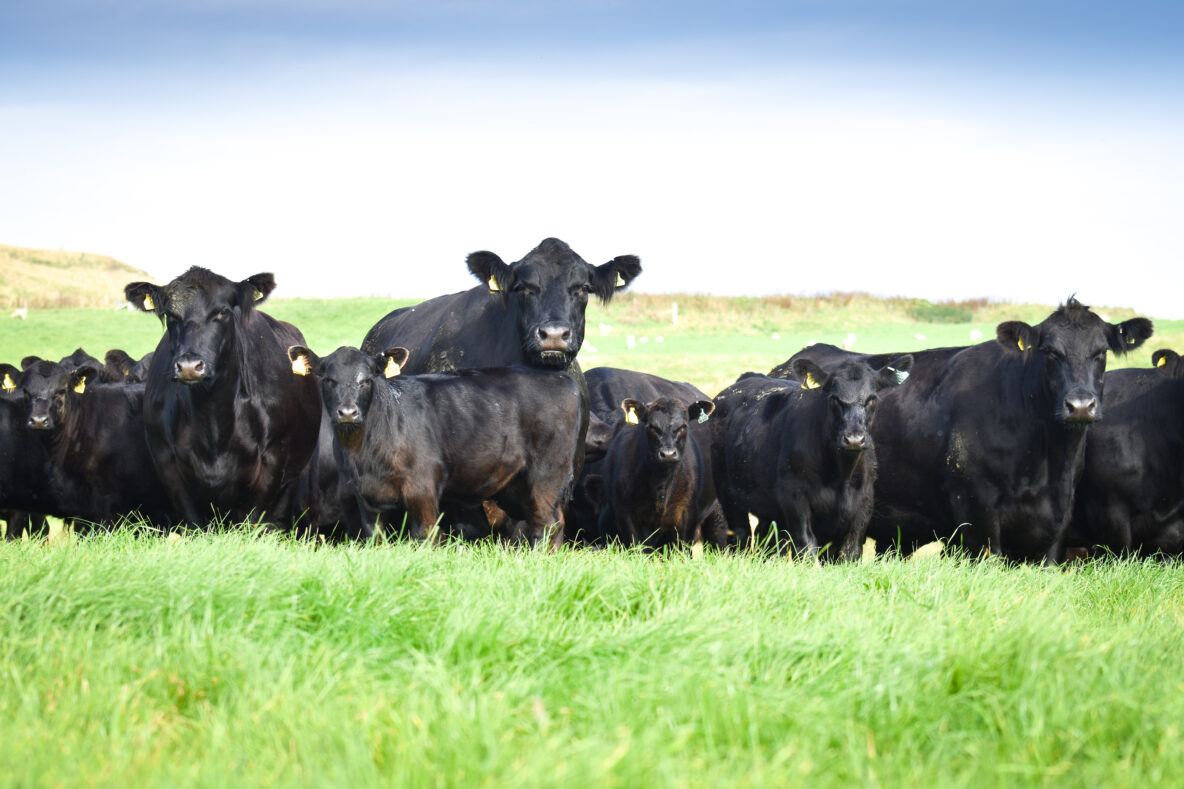Aberdeen-Angus Cattle Society steps up genetic selection with genomics investment
The considerable investment from the Aberdeen-Angus Cattle Society (AACS) and its members in the DNA testing (genotyping) of registered cattle, is set to reap even greater returns with the implementation of a Single-Step BREEDPLAN genetic evaluation, where genomic data is also used in the calculation of EBVs (GEBVs).
The AACS genetic database currently hosts 40,000 genotype (SNPs) records, and will use these in the enhanced analysis beginning in February 2024.
“Animals that are genotyped have much more information available highlighting how variation in performance observed among animals truly reflects underlying differences in the genome and how they are related, including genetic relationship data” explains Dr Brad Crook, BREEDPLAN.
The AACS breed is now in a position to provide greater return on investment to members and will provide this enhanced performance analysis for those animals with a genotype through the monthly genetic evaluation undertaken by BREEDPLAN.
“BREEDPLAN will use an enhanced model known as Single-Step BREEDPLAN, whereby genotype data is combined with pedigree and performance data in one single step,” said Brad.
“This extra source of data provides vital information about the actual relationships among individuals and how specific genotypes relate to specific expressions of trait performance.”
To explain further, the Breeding Value is the part of an individual’s genotypic value that is due to independent gene effects that can be transmitted from parents to offspring. Traditional BLUP analysis used a linear statistical model to identify random effects, for all animals in the population using the pedigree and phenotypic data available.
Genomic prediction of breeding values involves analysis of a combination of pedigree, phenotypes and genotypes into one analysis, including a calculation of how close the target animal is related to the wider genotyped population.
Animals that are more closely related and have more physical data available will have higher accuracies. This approach is gold-standard, and is made possible by the significant number of genotypes and phenotypic data (observed measurements such as weights and scanning data) that have been accumulated.
Alongside the breed’s genetic ability to adapt to different climates, landscapes and systems, the introduction of this method of analysis will increase GEBV accuracies of even genotyped new born calves before phenotypic data even hits the system. This means higher selection accuracy at earlier ages, which equates to greater rates of genetic gain over time.
As genotyped animals acquire performance data, they will become part of the reference population and contribute to how the combination of data interacts.
Physical performance data is a very important part of the process, and significantly contributes to the ability to provide breeders with a better opportunity to make more informed decisions and speed up the rate of genetic progress within their herds.
Put simply, the more performance data the more robust the prediction. Studies estimate the increase in accuracy of prediction to be between 19 and 36% depending on the trait.
“Part of our long-term strategy is to help members make more accurate selection decisions and achieve greater rates of genetic progress in economically relevant traits. The inclusion of genomics via Single-Step BREEDPLAN will contribute towards achieving that goal. Beginning in February 2024, performance recording members will see their monthly evaluation derived from inclusion of genomic data, rather than the traditional method.” Robert Gilchrist, CEO of the Aberdeen Angus Cattle Society

